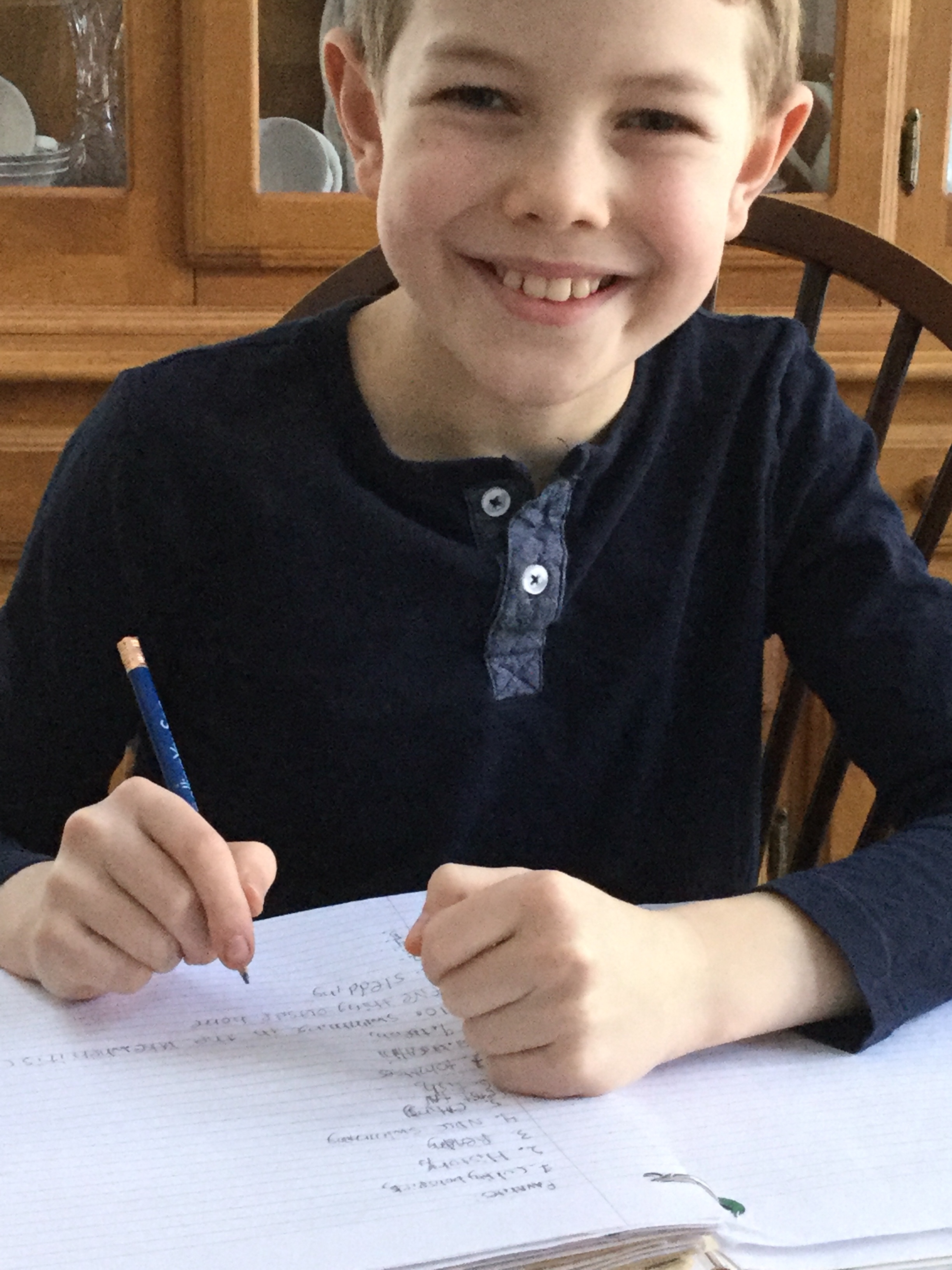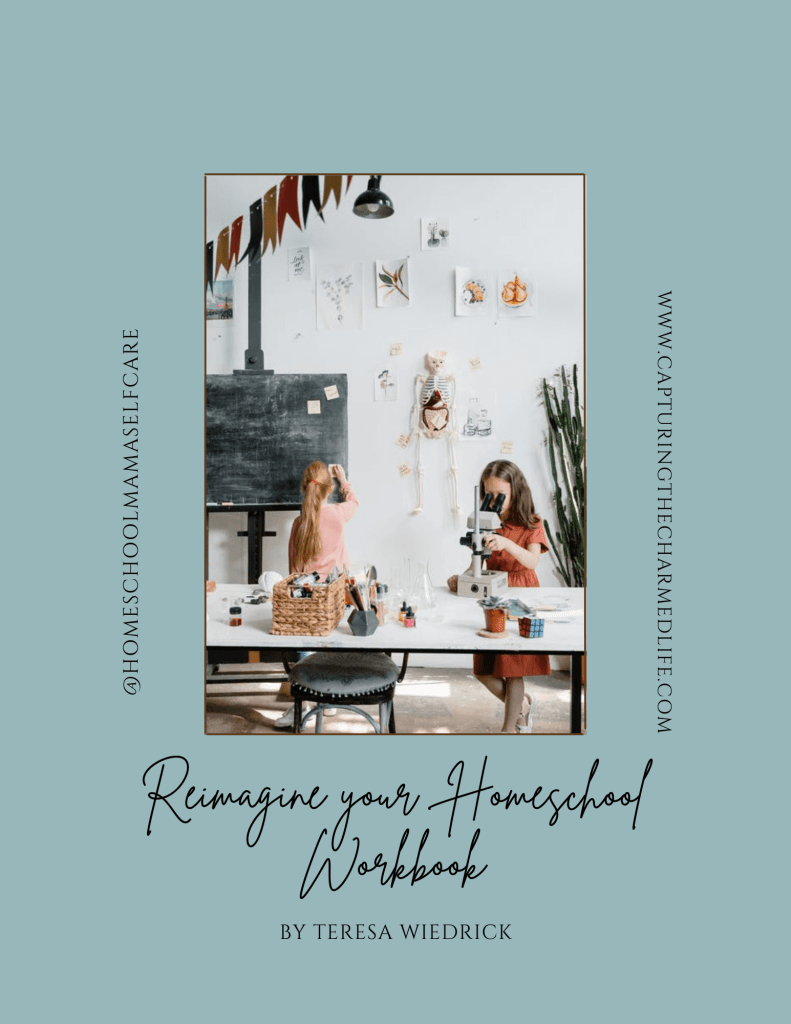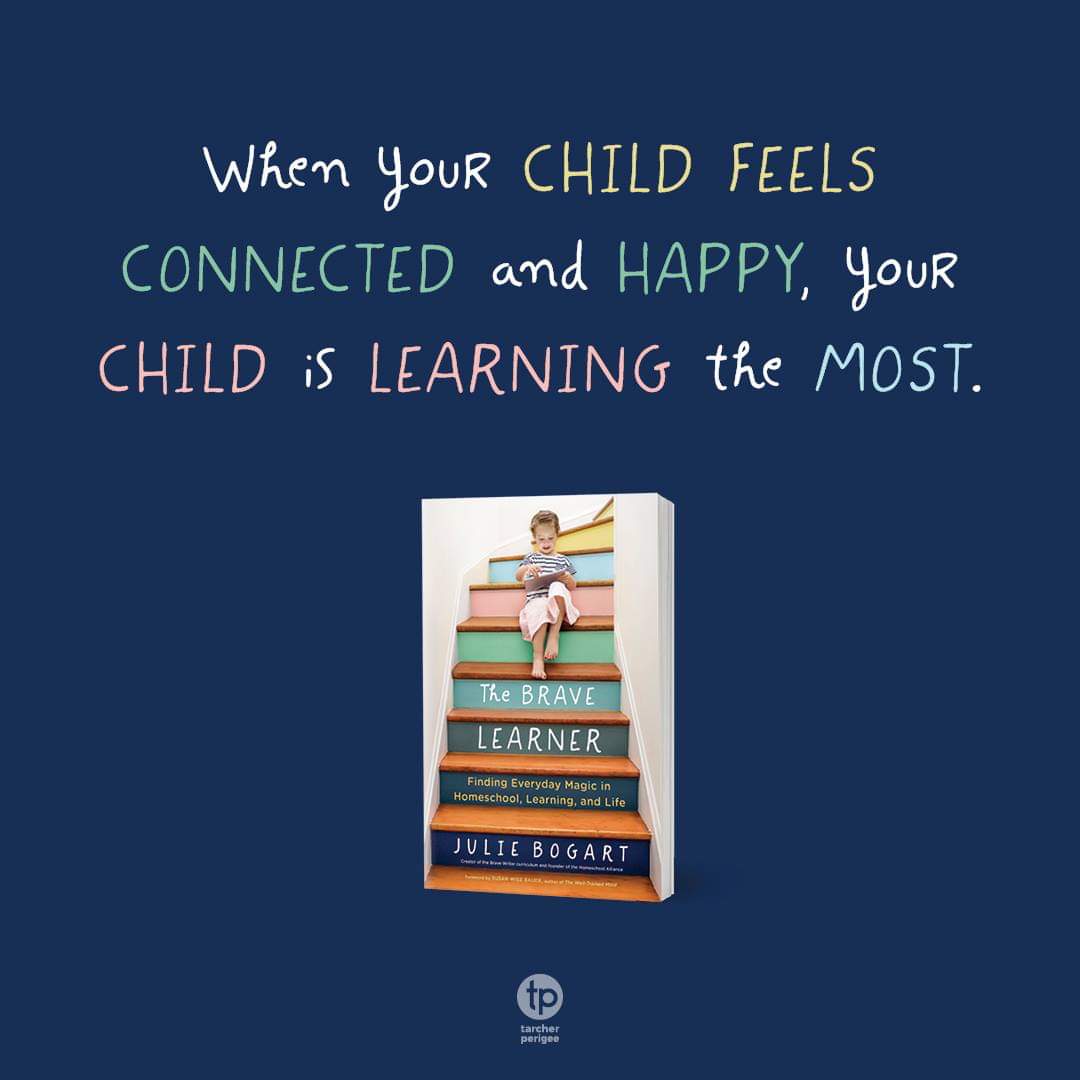I ate up Julie Bogart’s recent book, The Brave Learner: Finding Everyday Magic in Homeschool, Learning, and Life.
Ten years ago, I would have inhaled it and allowed the molecules of oxygen to seep into my respiratory cells, so I could breathe, really breathe in encouragement for my homeschool world.
“The key feature of our homeschools must be a connection—connection never fails. Your children deserve parents who are well and able to give the gifts of presence and love.”
Julie Bogart, author of Brave Learner
So many gems of wisdom I had to learn the hard way so these words from The Brave Learner speak so true to what I’ve learned over the last decade and a half homeschooling my four kids.
Julie Bogart’s company is Brave Writer and she wants us to focus on the big picture in the Brave Learner.
In Brave Learner, Julie says, “Once kids realize that paper is a safe place for thought exploration, they learn how to craft their writing into satisfying finished products. Writing becomes a safe playground instead of an intimidating foreign country. Brave Writer products and classes lead you through all the steps from thought–origination to published writing.”
That’s why her writing company is geared toward homeschool families that are willing to step outside the box, or the textbook, or the workbooks, and be Brave Writers.
What do we do to engage in writing?
Each November, my kids have participated in NaNoWriMo, National Novel Writing Month. Grammar, vocabulary, spelling, and writing lessons are on hold, while they write, write, write.
(And some of my kids even write after studies are completed each day.)
At nine, our youngest child was less interested in producing a daily 500-word count.
- Though he daily wrote three to five sentences in a kid writing journal that got him considering varied subjects.
- He routinely free-wrote a couple of pages for his Minecraft writing prompts.
- And he wrote thank you cards for his birthday gifts, corresponded with his Compassion International sponsor child, practiced cursive, built Bananagrams from his spelling words, and played online games with word lists on Spelling City.
- He still sits with me to do grammar lessons from the Simply Grammar book that I have used since I began homeschooling in 2009. (Though I still ponder the purpose of knowing the definition of a transitive verb.)

I’ve enjoyed Essentials in Writing and First Language Lessons and dabbled in oodles of programs.
Throughout my homeschool years, I’ve encouraged research papers and comparative essays and narratives, and poetry.
I am, at the core, a writer, so I have dabbled in everything.
Also, I have always encouraged personal journaling every morning as my kids begin their day.
I never check grammar, punctuation, or spelling as I almost rarely come across their journal entries and since this is their spirit on paper, it is confidentially theirs.
Since I know how journaling has benefited me: I understand myself better and have learned to own my feelings and process my thoughts, I encourage it for my kids.
In high school, I was an adjective-wielding, profuse adverb-using, fluffy sentence writer.
I thought saying something pretty had more oomph than saying something meaningful. Naturally, I was told I should write with less flourish (I was told I should first attempt to identify my topic.)
Instead, I wrote pretty, lovely, and gargantuan words like loquacious, profundity, and ironically. I hid behind pretty and still overuse the word ironically, ironically.
Language arts implies there is an art to learning the language.
It is colourful, varied, and sometimes off-beat. Sometimes it’s formal, sometimes it’s not. Sometimes it’s reporting, sometimes it’s playing. But always, always, one must have something meaningful to say.
BraveWriter, the online classes that each of our three youngest has used, has affirmed my inner intuition about teaching writing.
First and foremost, I have been validated in my notion that the writer needs to determine what it is she wants to say first, or at least write until you figure out what it is you want to say. Then use the five senses for description, choose the appropriate structure for conveying the message with cleverly constructed sentences, and choose words that cleverly communicate those thoughts.
Chekhov wisely advised, “…be very brief and relevant…one ought to seize upon the little particulars, group them in such a way that, in reading, when you shut your eyes, you get a picture.“
When professionals teach writing, they repeat: delete, delete, delete adverbs.
They declare: say what you mean, mean what you say.
They proclaim: write crap, or just write because you’ll likely release some clever stuff eventually. But it is later than you cut the junk or the cliché, and only keep what is good.
Why learn adjectives, adverbs, and prepositional phrases in grammar class?
I do not know.
Sentence diagramming, cursive practice, grammar & spelling lessons all have their place. Should I be using fancy words that no one understands? Probably not. Hard to paint a picture with indecipherable extraneous word collaborations.
Julie would say “freedom in writing means freeing the writer to write—whatever it takes!”
I’ve had three kids take four Brave Writer courses: a photography and writing class, SAT Essay writing, and two middle school project classes. This is exactly what Brave Writer has accomplished: freeing my writers to write, whatever it takes!
If you want freedom in your homeschool, read her book, The Brave Learner.
If you want to hear me interview Julie on my podcast, you can find both interviews here:
- Raising Critical Thinkers: A Parent’s Guide to Raising Wise Kids with Julie Bogart
- How to Homeschool & Find Your Thing with Coach Julie Bogart
- Principles for Homeschool Sanity: Introducing Julie Bogart, author of The Brave Learner
PS Recently each of my kids had articles published in The Old Schoolhouse Canada magazine:
- Top 56 Things Teenagers Can Do When They Are Bored
- Developing Your Own YouTube Channel
- Mini-Medical Residency
- My Paris Adventure
Other writing things you can teach your homeschool kiddo:
- Teaching Homeschool High Schoolers Literary Devices Using Pop Culture
- The Art of Language: Having Something to Say
- why you should teach kids to handwrite (in 23 easy ways)
- get rid of the spelling program and teach the kids to spell anyway
You can purchase Julie’s books here:

Reimagine your Homeschool Workbook
Introducing the Reimagine Your Homeschool Workbook! Reflect on the past year, assess what worked and what didn’t, and build the homeschool you truly want. Evaluate curriculum, routine, philosophy, and plan for the future. Get renewed inspiration and fresh ideas.
People also:
- How to Facilitate Child-Led Learning in your Homeschool
- How to Teach Writing in a Child-Directed Way
- How to Choose Homeschool Writing Activities for Any Kid
- the art of language: ways to approach homeschool writing
- how you can use three fun writing games for homeschool kids



Love this post! I’ve been got a little brave writer…poems, songs, picture books she writes and illustrates! Hurrah for being brave and encouraging kids to write. The courses sound great.
your font is too small for my old eyes.. wow.. Looked like an interesting post though. 🙂